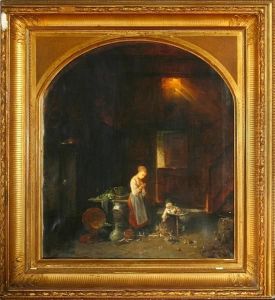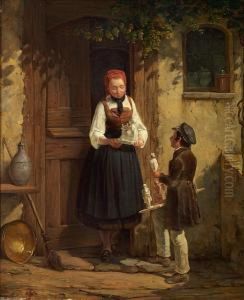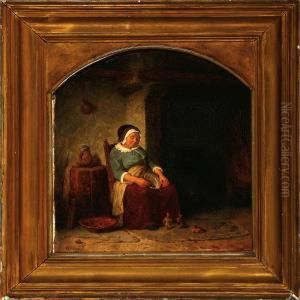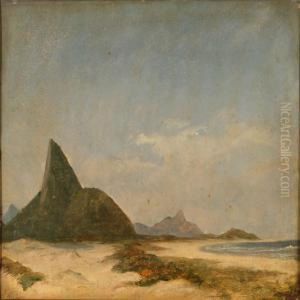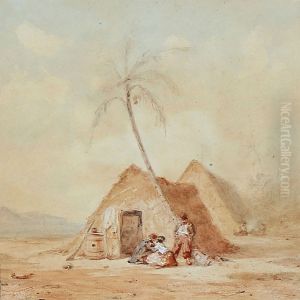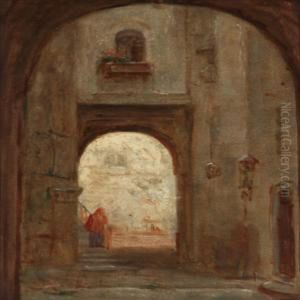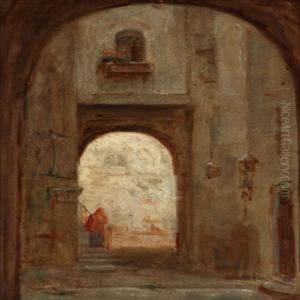Poul August Plum Paintings
Poul August Plum was a Danish painter whose work captured the essence of Danish culture and landscape during the late 19th and early 20th centuries. Born on August 18, 1869, in Copenhagen, Denmark, Plum grew up in an era marked by significant cultural and artistic developments in his home country. His artistic journey began at a young age, influenced by the vibrant artistic scene in Denmark and the broader movements sweeping across Europe at the time.
Plum's early education in the arts was comprehensive, attending the Royal Danish Academy of Fine Arts in Copenhagen, where he was trained in the classical traditions of painting. However, like many artists of his generation, Plum was not content to simply follow the established norms. He sought to capture the spirit of Danish life, focusing on landscapes, rural scenes, and the daily lives of the Danish people. His style evolved over the years, showing influences from Impressionism and Realism, but always with a distinct personal touch that made his work uniquely his own.
Throughout his career, Plum exhibited widely in Denmark and abroad, gaining recognition for his contributions to Danish art. His paintings are characterized by their vibrant use of color, attention to detail, and the ability to evoke emotion and atmosphere. Plum had a particular talent for capturing the changing light of the Danish landscape, from the soft glow of the Nordic summer nights to the starkness of winter days.
Despite his success, Poul August Plum remained deeply connected to his roots. He often returned to the Danish countryside for inspiration, believing that the essence of Denmark's beauty lay in its simplicity and natural landscapes. Plum's dedication to portraying his homeland earned him a special place in the hearts of the Danish people, making him one of the beloved artists of his time.
Poul August Plum's contributions to Danish art were cut short when he passed away on February 19, 1929. His legacy, however, lives on through his paintings, which continue to be celebrated for their portrayal of Denmark's beauty and the spirit of its people. Plum's work is a testament to the enduring power of art to capture the essence of a country and its culture, making him a significant figure in the history of Danish art.
